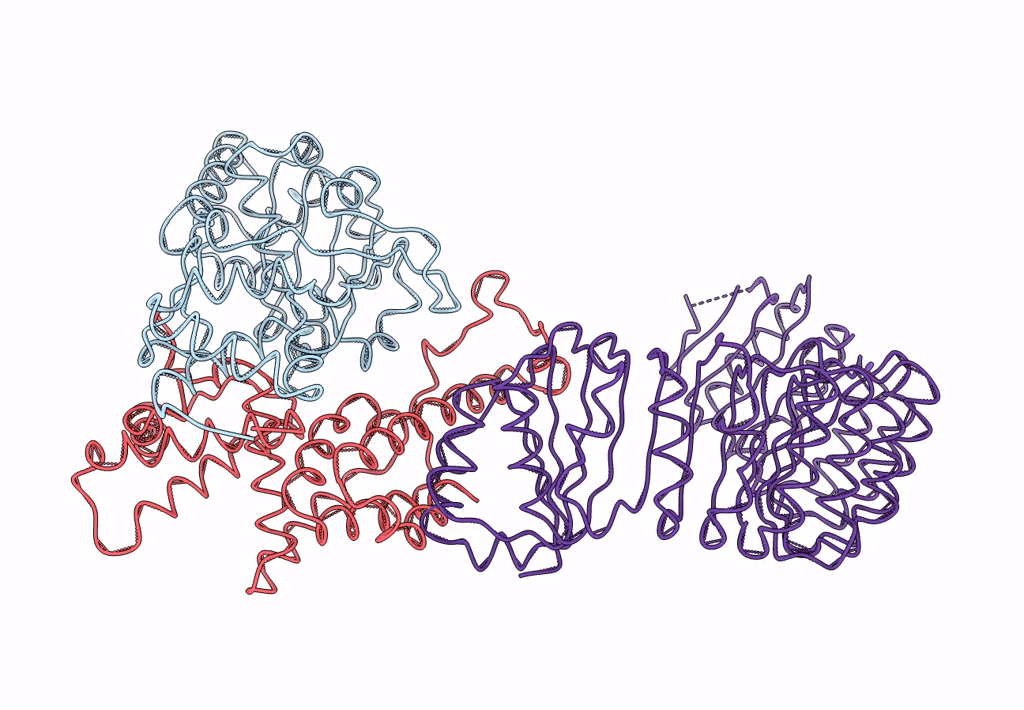
Deposition Date
2015-02-20
Release Date
2015-11-11
Last Version Date
2024-05-08
Method Details:
Experimental Method:
Resolution:
40.00 Å
Aggregation State:
HELICAL ARRAY
Reconstruction Method:
TOMOGRAPHY


